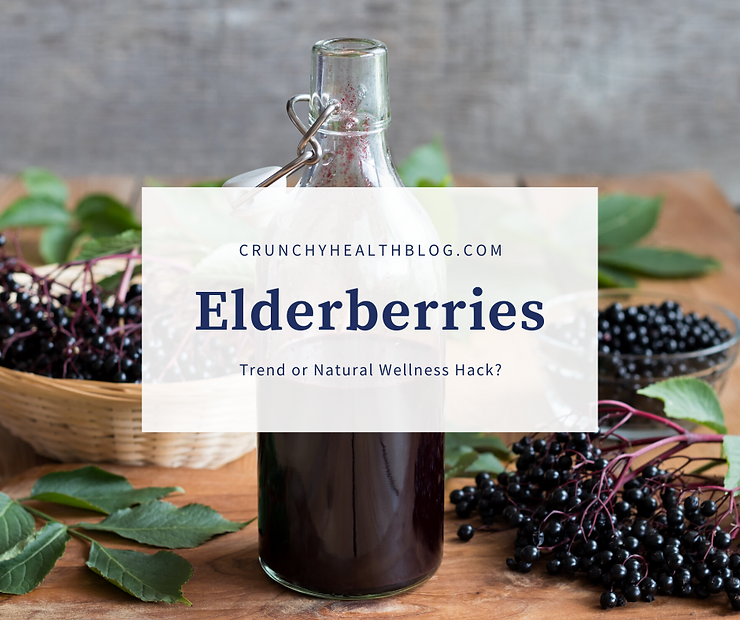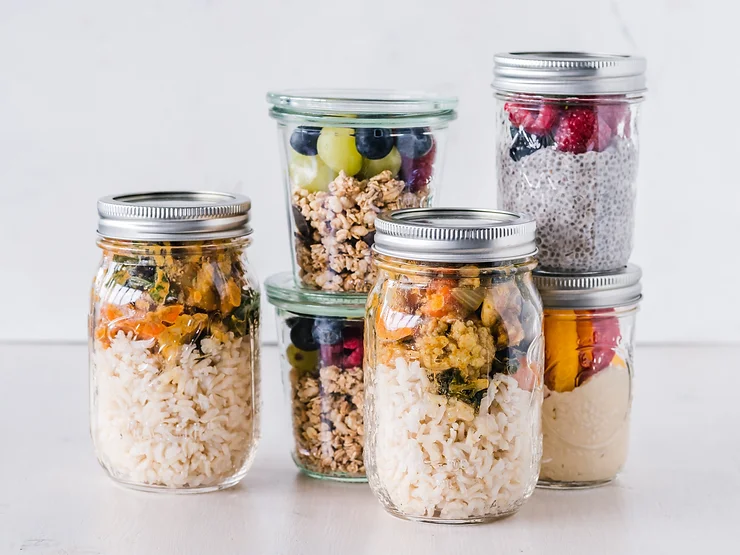Holistic healing has gained quite a foothold in mainstream American culture over the past decade, with consumers and producers becoming more infatuated with total wellness, inside and out. In a society searching for that total wellness, many are turning ancient natural approaches to modern-day health “trends.” One of the latest holistic “trends” this past season has been elderberries, the super immunity-boosters, to help treat and supplement recovery for common illnesses.
Elderberries
With an ancient footing in Native American and European pagan medicine and healing as well as Egyptian longevity insurance, the elderberry has been frequenting grocery-store advertisements and aisles this past cold and flu season. But what exactly does this little berry have to offer that’s giving it such a leg up in sales and loyalty?
Benefits of Elderberry
In 1993, there was a double-blind placebo study on whether or not the consumption of elderberries would be able to treat or alleviate flu symptoms in a small agricultural community in Panama when there was a large flu epidemic. During the study, there was a group that was treated with Sambucol– a standardized elderberry extract– and a control group. According to the study, there was a complete cure reached in 2-3 days in almost 90% of the Sambucol-treated group with the same marks reached in at least 6 days within the placebo control group.
Elderberry is commonly believed to not only help with the catalyzation of healing with both the common cold and the flu but also to help with constipation and help increase immune system functions. Elderberry is also high in Vitamin C (with about 6-35 mg for every 100 grams), dietary fiber (with about 7 grams for every 100 grams), and is low-calorie but high-carb (coming in at 73 calories and 18.4 grams of carbohydrates per 100 grams). The berry is also likened to other super-food antioxidants, such as blueberries, further giving it hold in an increasingly health-conscious society.
In historical records, the ingestion of the flowers, leaves, and bark have been used as pain relief, as a diuretic, a laxative, and to induce sweating; the percentage of lectins and cyanide (only at 3% of a fatal dose for an adult male) in eating raw berries, flowers, leaves, or bark has been discovered and researched, thus leaving elderberry highly recommended for ingestion as a fruit extract supplement.
Here is the complete plant guide from NRCS.

Bottomline
With all of this being said, elderberry has primarily been tested in the lab and, while being used as a supplement by many average consumers, still doesn’t have as much official grounding as a definite cure for illnesses. If you take elderberry, make sure to do so in conjunction with a healthy diet full of fruits and vegetables, low amounts of processed sugars, regular exercise, and all other standard illness prevention preparations in order to have the most chance at a good overall healthy lifestyle.



